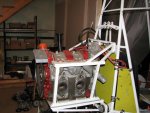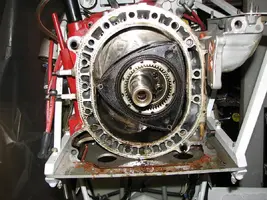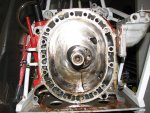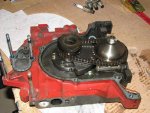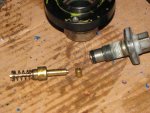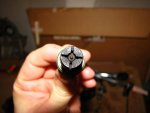Randal/Tony, not sure how I like it just yet. The TS is not complete and this engine has never been tested on a TS. It definitely has potential to be a very nice smooth engine with plenty of HP depending on the modifications made. Anywhere from 150-230 from what I've read. I don't plan on making any major modifications to this engine just yet -- some port smoothing will be about it.
I think the only major issues I'll encounter will be that of cooling. These babies run HOT so I'll have to come up with something to keep the temps down. Also, the oil injection has been removed, so I'll have to mix 2-stroke with the auto gas for now. There is a 2-stroke injector available that I may consider later on.
Rusty, Yep-I'm committed alright. Other TS owners are really pushing going with a lyc, but there's already been a lot of time and money put into this engine (ignition system, psru, instrumentation, engine mount) to just scrap it out. If it doesn't fit the bill, then so be it

I do have the video and books from Bruce and Tracy - they are both excellent additions to any rotary rebuild. (gave me the courage to even attempt it) I will be purchases Tracy's seals as well.
No idea the history of the engine, but so far it looks like it has been very well maintained. No major sludge buildup anywhere, no scarring or grooves on the walls. I'll get more pictures once I get the housings cleaned up.
Let me know how that single rotor works out - how many pony's does it put out?


